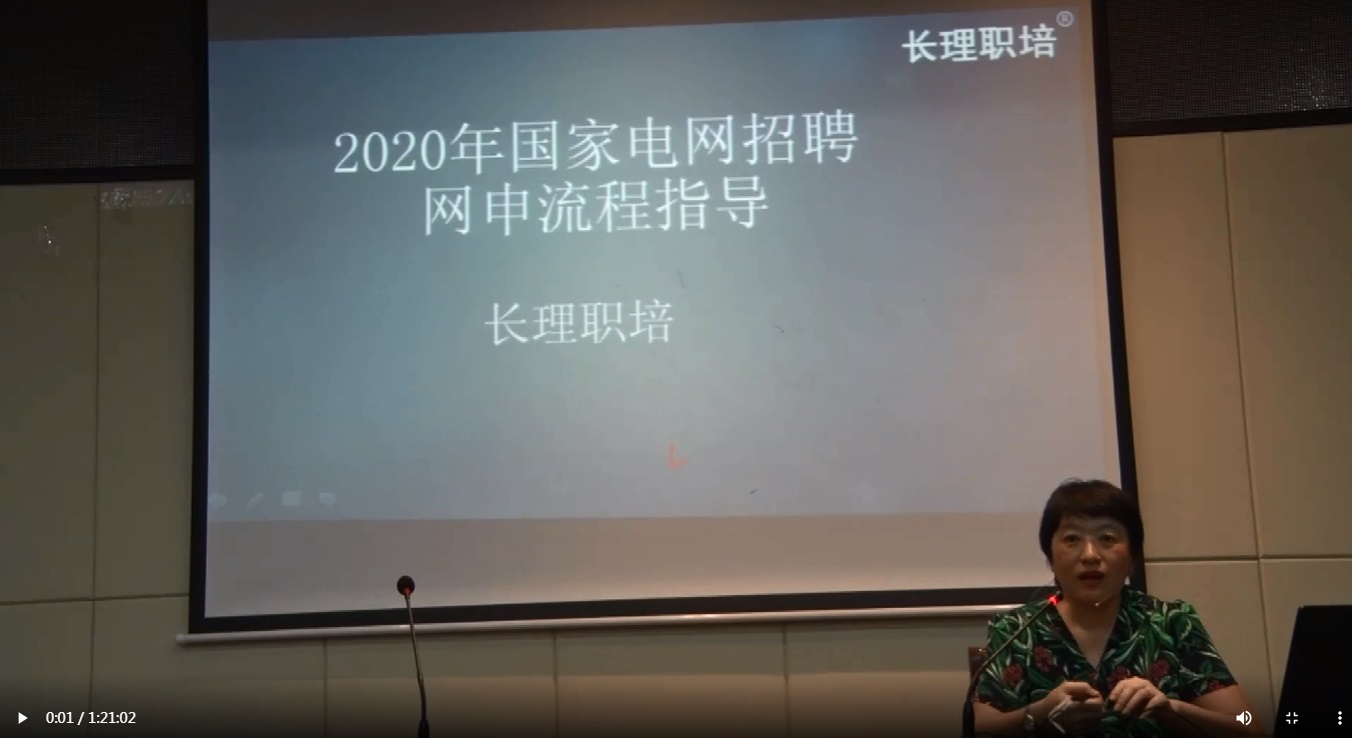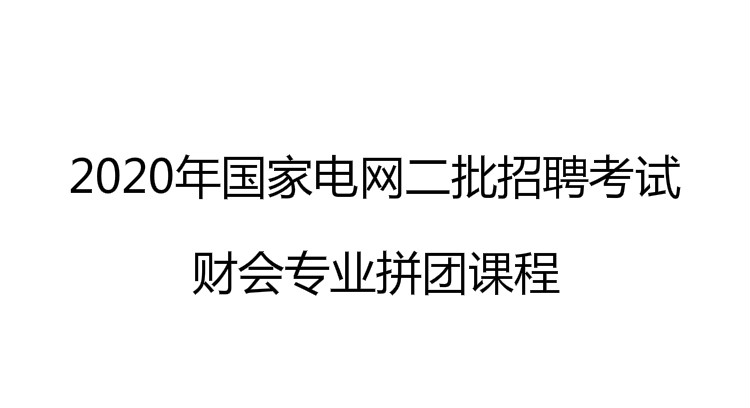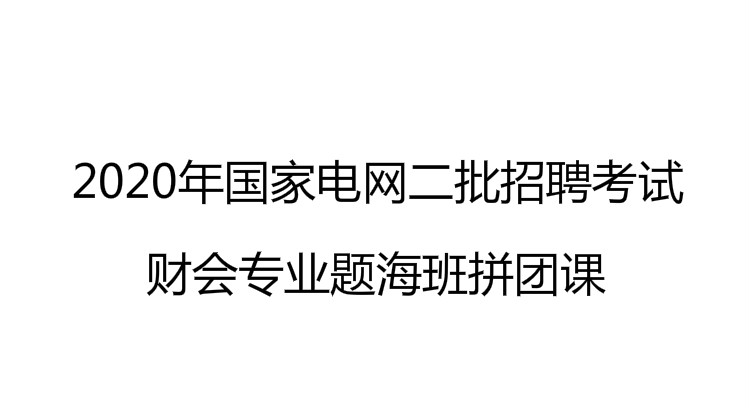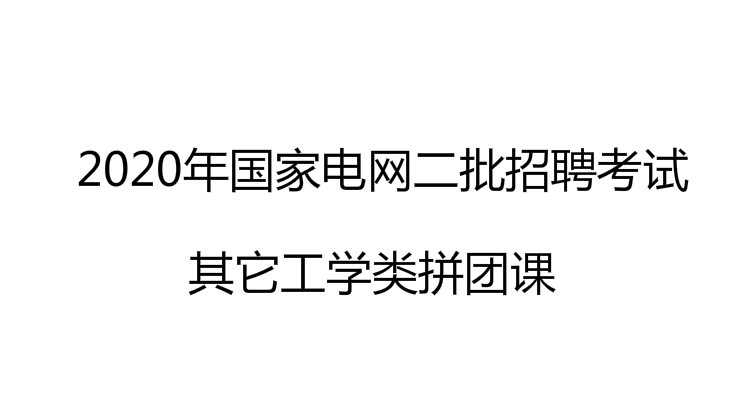Science — a Way of Thinking
Many scientists, from their earlier work, have enough knowledge to make good guesses as to the solution of a problem they are working on. In making new discoveries, they may use the trial-and-error method, they may draw on past experiences, or they may try to find out what others have discovered. They may design new investigations and new ways of testing their results. Scientists have to train themselves to use their brains efficiently; that is, they train themselves to think.
For example, when Thomas A. Edison was trying to make an electric lamp, he needed a substance for the filament inside the bulb that would glow brightly without burning up quickly. He tried more than thousand different filaments before he found one that he could use. After each trial he thought about how the new substance had acted. He kept notes and compared results. After he had experimented for a long time, someone asked Mr. Edison if he were not discouraged at the waste of time. He replied, "I have not been wasting time. I have found one thousand materials that won't work. Now I can look for others. " Edison's statement is all-important. Above all, scientists demand to know when and where they are wrong. A good question to ask in science is not "Am I right?" but "Am I wrong?"
Scientists spend many years of study, training themselves in using their brains and the tools of investigation. They also use each other's work. Isaac Newton, a British scientist, who lived over 300 years ago, said he saw further than others because he stood on the shoulders of giants.
编辑推荐:

温馨提示:因考试政策、内容不断变化与调整,长理培训网站提供的以上信息仅供参考,如有异议,请考生以权威部门公布的内容为准! (责任编辑:长理培训)






















点击加载更多评论>>